The Beginner’s Guide to Router Bits: Everything You Need to Know
Woodworking routers are often called the most versatile power tools in the workshop — and for good reason. With the right router bits, you can shape edges, cut joints, carve decorative profiles, and bring a professional finish to almost any project.
But if you’re a beginner, looking at a wall of router bits can feel overwhelming. Which bits do you actually need? What’s the difference between shank sizes? How do you keep them sharp?
This complete beginner’s guide to router bits will answer all your questions and help you get started with confidence.
What is a Router Bit?
A router bit is the interchangeable cutting blade that attaches to your router. The bit spins at high speed (often 20,000–30,000 RPM), and the cutting edges remove material from your workpiece.
Different bit profiles produce different cuts — from simple grooves to ornate edges. By swapping out the bit, your router instantly becomes a new tool.
Router Bit Shank Sizes Explained
Router bits come with different shank sizes — the part of the bit that fits into your router’s collet. The two most common sizes are 1/4 inch (6.35mm) and 1/2 inch (12.7mm), but some router bit sets also use 5/16 inch (8mm).
1/4″ Shank Router Bits
Widely compatible with entry-level and mid-range routers.
Great for beginners and hobbyists.
Available in very large sets (like Duke Tools’ 100 Piece Router Bit Set).
5/16″ Shank Router Bits
A middle ground between 1/4″ and 1/2″.
Provide extra stability without needing a heavy-duty router.
Ideal for smaller workshops and general woodworking (like Duke Tools’ 15 Piece Router Bit Set).
1/2″ Shank Router Bits
Heavier, sturdier, and used by professionals.
Less vibration and longer lifespan.
Require a router that supports 1/2″ collets.
Tip: Always match the shank size of your bit with your router collet size. Forcing the wrong size can damage the tool and be dangerous.
The Different Types of Router Bits
Here are the most common router bit profiles every beginner should know:
1. Straight Bits
Cut grooves, dados, and mortises.
Perfect for joinery and slotting.
A “must-have” for any starter set.
2. Flush Trim Bits
Used with a template or pattern.
Trim one piece of wood to match another exactly.
Great for furniture making and cabinetry.
3. Round-Over Bits
Create smooth, rounded edges.
Excellent for tabletops, shelves, and furniture edges.
Makes projects look polished and professional.
4. Chamfer Bits
Cut angled edges.
Often used for joinery, bevels, and decorative detailing.
5. Cove Bits
Cut a rounded, concave profile.
Commonly used in moldings and furniture.
6. Rabbeting Bits
Create “steps” or shoulders on the edge of a board.
Useful for cabinet backs, picture frames, and paneling.
7. V-Groove Bits
Cut decorative “V” shaped grooves.
Used in sign-making, lettering, and accents.
8. Specialty Bits
As you gain experience, you may want to explore:
Dovetail bits (for joints)
Ogee bits (for ornate decorative profiles)
Slot cutters (for grooves and splines)
Router Bit Materials & Build Quality
Not all router bits are created equal. The material and manufacturing make a big difference in performance and lifespan.
High-Speed Steel (HSS): Budget-friendly, but dulls quickly. Suitable for light-duty projects.
Carbide-Tipped: Sharper for longer, withstands heat and wear, ideal for frequent woodworking.
Solid Carbide: Premium option, extremely durable and precise. Best for professional use.
For beginners, a carbide-tipped set strikes the right balance of cost and durability.
How to Choose the Right Router Bit Set
Buying router bits individually can get expensive fast. That’s why router bit sets are the best value for beginners.
At Duke Tools, we recommend:
15 Piece Router Bits Set (5/16″ Shank)
Covers the essential profiles most beginners will need.
Affordable, compact, and a great first investment.
100 Piece Router Bit Set (1/4″ Shank)
A comprehensive collection for woodworkers who want maximum versatility.
Perfect for experimenting with decorative edges, joinery, and advanced cuts.
These sets give you room to grow without constantly buying new bits.
Router Bit Safety Tips for Beginners
Using router bits safely will keep your projects smooth and your fingers intact:
Always wear eye and hearing protection.
Double-check the bit is securely tightened in the collet.
Run the router at the correct speed — larger bits need slower speeds.
Feed the wood against the rotation of the bit.
Make shallow passes instead of trying to remove too much at once.
Keep bits sharp — dull bits are more dangerous and burn wood.
How to Maintain and Store Router Bits
Proper care extends the life of your router bits:
Clean regularly: Use a brush or cleaner to remove pitch and resin buildup.
Sharpen when needed: Carbide bits can be sharpened professionally or with diamond files.
Store correctly: Keep them in a protective case or bit holder (like the cases included in Duke Tools’ router bit sets).
Avoid overheating: Excessive heat dulls cutting edges faster.
Beginner Router Projects You Can Try
Not sure where to start? Here are some easy projects where router bits shine:
Rounding over the edges of a cutting board
Adding decorative edging to a coffee table
Creating picture frames with a rabbet bit
Making custom wooden signs with V-groove bits
Cutting slots for shelves or drawers
These small projects help you get comfortable with your router while producing useful items.
FAQs About Router Bits
1. What router bits should a beginner buy?
A beginner should start with a set that includes straight, round-over, flush trim, and chamfer bits.
2. Are 1/4″ or 5/16″ router bits better for beginners?
Both are great. 1/4″ shank bits are more common, while 5/16″ bits provide extra stability. The choice depends on your router compatibility.
3. How long do router bits last?
With proper use and care, carbide-tipped router bits can last for years, even with regular use.
4. Can I sharpen router bits myself?
Yes. Carbide bits can be sharpened with a diamond file or taken to a professional sharpener.
5. Do router bits work on materials other than wood?
Yes, some bits can be used on plastic, MDF, plywood, and even soft metals — but always check the manufacturer’s guidelines.
Final Thoughts
Router bits are the key to unlocking your router’s true potential. With just a small investment in a quality router bit set, you can add versatility, precision, and creativity to your woodworking.
At Duke Tools we stock beginner-friendly sets like:
15 Piece Router Bits Set (5/16″ Shank) – Compact, versatile, and affordable.
100 Piece Router Bit Set (1/4″ Shank) – The ultimate kit for woodworkers who want it all.
Whether you’re just learning or ready to expand your workshop, the right set of router bits will help you achieve professional results every time.
Disclaimer:
The information provided in this article is for general educational and informational purposes only. While every effort has been made to ensure the accuracy of the content, Duke Tools makes no representations or warranties of any kind, express or implied, about the completeness, accuracy, reliability, or suitability of the information provided. Use of tools and equipment should always follow manufacturer instructions and safety guidelines. Duke Tools is not liable for any loss, injury, or damage arising from the use of this information or from any tools or products mentioned.

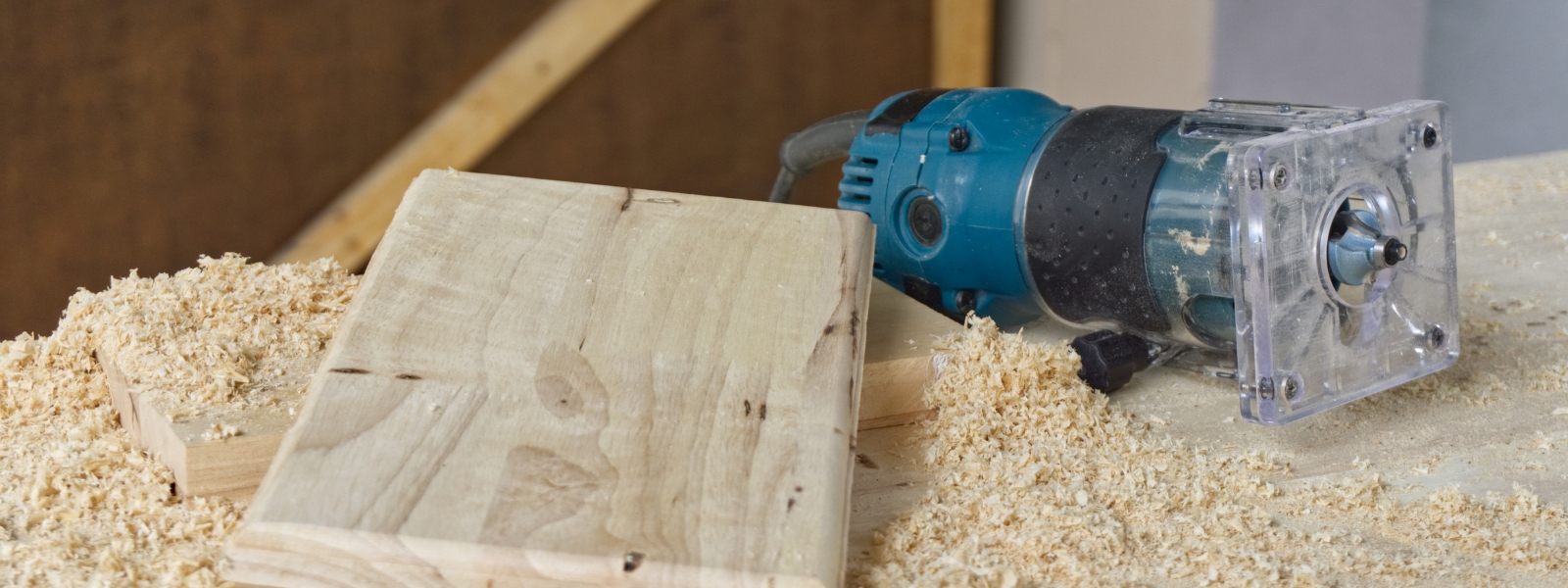
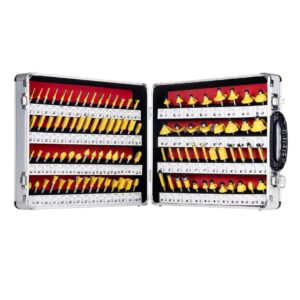
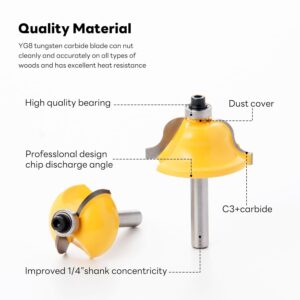
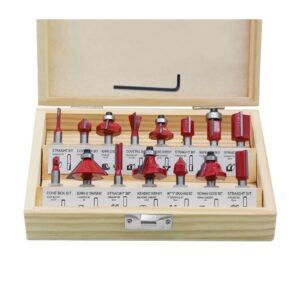
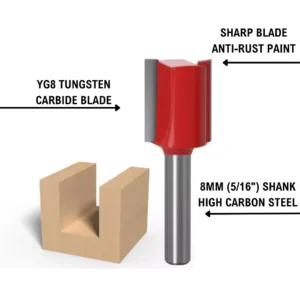
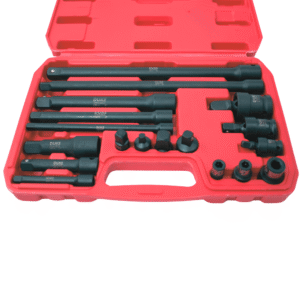 DUKE Tools Ultimate Impact Socket Extension & Adapter Set 1/2″, 3/8″ & 1/4″ Drive
DUKE Tools Ultimate Impact Socket Extension & Adapter Set 1/2″, 3/8″ & 1/4″ Drive